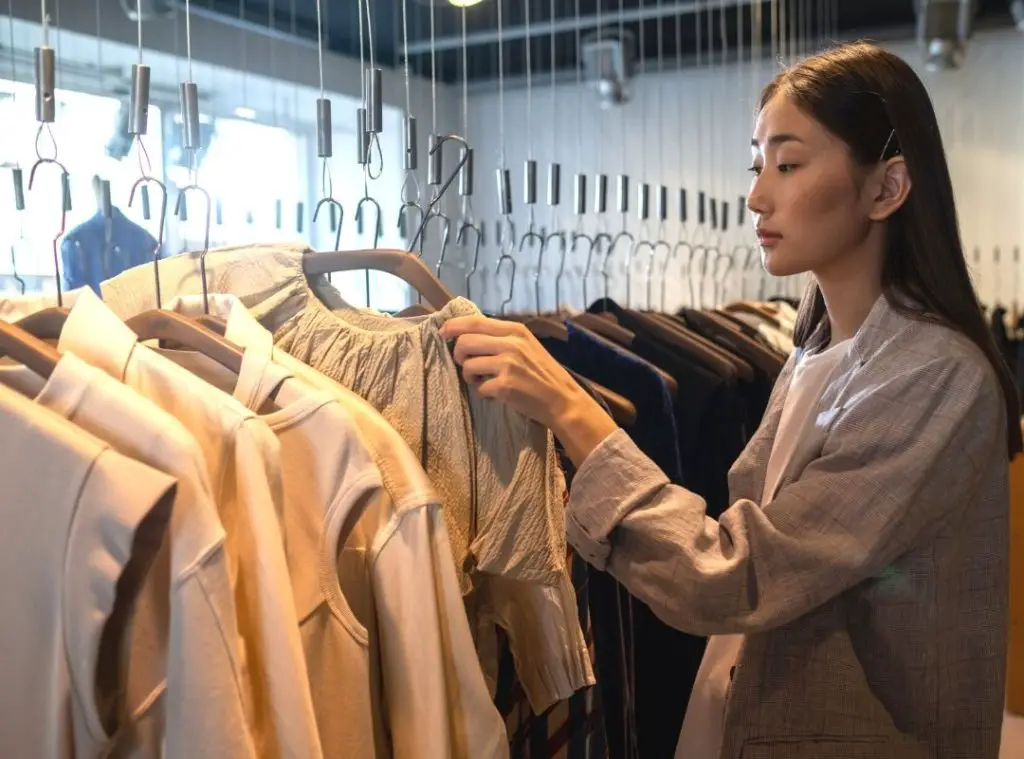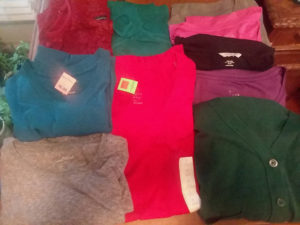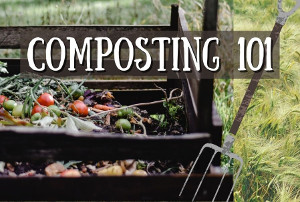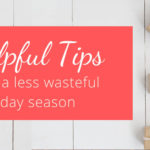Fast Fashion Pollution – What’s the Big Deal?

Fast Fashion Pollution – What’s the Big Deal?
Disclosure: This post contains affiliate links. That means that if you click on one of them and make a purchase, I may earn a commission. Thank you for your support!

It seems like over the last few years there has been a real awakening about how destructive the fashion industry is to the environment. Our desire for cheap clothes that are trendy today and thrown out tomorrow has a huge negative environmental impact. So how bad is fast fashion pollution really?
Some sobering facts about the impacts of our clothing consumption according to the World Economic Forum:
- The fashion industry produces 10% of all humanity’s carbon emissions and is the second-largest consumer of the world’s water supply. Because of the massive amounts of water used in producing clothing, the fashion industry dries up rivers and lakes.
- The problem keeps getting worse because we buy more clothing every year. If the fashion sector continues on its current trajectory, that share of the carbon budget could jump to 26% by 2050.
- It takes about 700 gallons of water to produce one cotton shirt. That’s enough water for one person to drink at least eight cups per day for three-and-a-half years. For ONE shirt! And it takes about 2,000 gallons of water to produce a pair of jeans! This is because they are both made from cotton, which requires a lot of water to grow.
- Textile dyeing is the world’s second-largest polluter of water, since the water leftover from the dyeing process is often dumped into ditches, streams, or rivers. The fashion industry is responsible for 20% of all industrial water pollution worldwide.
- 85% of all textiles end up in the dump every year. The equivalent of one garbage truck full of clothes is burned or dumped in a landfill every second.
- Because most clothing contains at least some non-natural fibers (i.e. plastic-based fabrics like polyester), washing clothes releases 500,000 tons of microfibers into the ocean each year — the equivalent of 50 billion plastic bottles.
- Producing polyester releases two to three times more carbon emissions than cotton, and polyester does not break down in the ocean.
There are tons of great documentaries out there that show just how bad the fashion industry is for our health and environment from beginning to end, but here is one really quick overview to give you an idea of the scope of the problem:
What can I do to reduce my own fashion pollution?
Buy less.
Most Americans buy considerably more clothing than they actually need, and only wear about 20% of their wardrobe regularly. The next time you are contemplating a purchase, think twice. Do you really need it? Are you really going to wear it more than once or twice? If not, leave it on the rack.
Buy used.

Thrifting is cool! I rarely buy anything new anymore, there is so much great stuff available at our local Goodwill store and several other secondhand shops. You can also buy and sell from online consignment stores like ThredUp and Poshmark. You’ll be helping to keep these items out of the landfill and preventing the need for more new clothing to be manufactured.
Buy higher quality.
Spend a bit more to get one well-made pair of shoes that will last for years rather than buying a cheaper pair that will wear out in a year or two. The big chains are notorious for selling cheap fashion that doesn’t last. Invest in a few solid pieces that will stand up over time. And be aware that any clothing item that is super cheap is likely only that cheap because workers are not being paid or treated fairly and/or working in sweatshop conditions.
Resist the trends.
One of the biggest problems with the way we consume clothing is Instagram influencer culture and the pressure to always have the hottest new looks. Recognize that advertisers are feeding us this narrative and we don’t have to buy it. Follow the real cool kids on Insta like AK Thrifting and Style Tips!
Rent your next special occasion outfit.
If you’ve got an event coming up and you need a special dress for one night and you’ll probably never wear it again, consider renting it from Rent the Runway. You can have a designer look for a fraction of the cost of buying and then return for someone else to enjoy.
Host a swishing party!
This is when you get a bunch of friends together who all bring items of clothing that are in good condition but that they no longer want, and let everyone go “shopping” amongst the items brought. Visit Get Swishing for tips on how to host a great swishing party.
Donate clothing to your local “Buy Nothing” group.
Most clothing donated to the large organizations like the Salvation Army or Goodwill eventually end up being shipped overseas, burdening the local populations there and creating mountains of textile waste. So before going that route, see if you can find someone who wants them. Buy Nothing groups are a great resource for finding local people who will be happy to take and reuse all sorts of items.
Recycle worn and unwearable clothing.
When clothing is not suitable for wearing or donating because it is too worn, ripped or stained, there are some services for clothing recycling. Green City Recycler serves the Houston, Dallas and Austin regions. GrowNYC and FABSCRAP serve New York City. Nationwide, some retailers like Levi and H&M host clothing recycling drop boxes at their stores. Check your local store to see if they are participating. If you don’t have any of the options listed above easily accessible to you, you could purchase a TerraCycle Fabrics and Clothing Zero Waste Box and send them your fabric scraps and unwearable clothing for recycling.
Compost it.
Yes, you can compost fabric IF it is made 100% from natural fibers like cotton, wool, linen, etc. (Don’t compost man-made fibers like polyester or blends.) Clothing and fabrics will take quite some time to break down, so chop up the fabric into small pieces to speed up the process and bury it somewhere where it will be undisturbed for the several years it will take to decompose.
Upcycle it.
If you’re a crafty type, there are lots of creative ways to take fabric scraps and make them into twine, rugs, pillow stuffing and more. Got a crafty business making cool stuff from used clothing? Let me know and maybe I will even feature you on the blog!






So when are we scheduling a swishing group here in the Cleveland area?
Soon as someone organizes one! 🙂
I see these yellow drop boxes all over Northeast Ohio. I heard this fabric gets sent to third world countries for textile recycling? Is this true? I usually donate to Volunteers of America but would like an option to recycle stuff that’s too worn to donate.
Unfortunately I think a lot of our clothing donations do end up in third world countries where they mostly become a huge waste problem. If you have fabrics that are worn, I’d offer them up to your local Buy Nothing group, someone who makes rag rugs may want them. You can also drop off at H&M, they say that they reuse or recycle all the clothing donated to their drop-off bins: https://hmgroup.com/sustainability/circular-and-climate-positive/recycling/